Human sTNF RII/TNFRSF1B ELISA Kit
$299.00 – $419.00
ELISA Kit Detail Information
| Related Target | |
|---|---|
| Species | human |
| Sample Type | Serum, plasma, cell culture supernatant, and other biological samples |
| Sample Volume | 100 μL |
| Sensitivity | 0.08 pg/mL |
| Array Range | 7.81 pg/mL – 500 pg/mL |
| Assay Time | 3.5 h |
| Recovery | 103% – 118% |
| Average Recovery | 113% |
| Intra Precision | 2.4% – 5.4% |
| Inter Precision | 2.4% – 4.3% |
| Plate | Detachable 96-well plate |
| Storage | If the reagent kit is unopened, it should be stored at 4℃. However, if it has been opened, the standard solution should be stored at -20℃, while the other components should be stored at 4℃. |
| Delivery | 4℃ blue ice transportation |
| Components | 96-well polystyrene enzyme-linked immunosorbent assay (ELISA) plate coated with anti-sTNF RII/TNFRSF1B monoclonal antibody Human sTNF RII/TNFRSF1B freeze-dried standard sTNF RII/TNFRSF1B detect Antibody Standard Diluent Assay Buffer(10×) Substrate TMB Stop Solution Washing Buffer(20×) Sealing Film |
| Assay Principle | This kit utilizes the double antibody sandwich enzyme-linked immunosorbent assay (ELISA) detection technique.Specific anti-human sTNF RII antibodies are precoated on a high-affinity ELISA plate. Standard samples, test samples, and biotinylated detection antibodies are added to the wells of the ELISA plate. After incubation, sTNF RII present in the samples binds to the solid-phase antibodies and the detection antibodies. After washing to remove unbound substances, streptavidin-HRP labeled with horseradish peroxidase is added. After washing, a colorimetric substrate, TMB, is added and the plate is incubated in the dark for color development. The intensity of the color reaction is directly proportional to the concentration of sTNF RII in the samples.A stop solution is added to terminate the reaction, and the absorbance value is measured at a wavelength of 450 nm (with a reference wavelength range of 570-630 nm). |
Related Targets
TNFRSF1B
TNFRSF1B Target Infomation Overview
- Target Symbol: TNFRSF1B, TNF receptor superfamily member 1B
- Gene Groups: CD molecules; Tumor necrosis factor receptor superfamily; MicroRNA protein coding host genes
- Alias: TNFBR; TNFR80; TNF-R75; TNF-R-II; p75; CD120b
- Previous Names: TNFR2
- Alias Names: tumor necrosis factor receptor superfamily, member 1B
TNFRSF1B, TNF receptor superfamily member 1B Target Infomation by Species
- Human
- Mouse
- Rat
Human TNFRSF1B Target Information
- Target Symbol: TNFRSF1B, TNF receptor superfamily member 1B
- Alias:
- CD120b
- p75
- p75 TNF receptor
- p75TNFR
- p80 TNF-alpha receptor
- soluble TNFR1B variant 1
- TBPII
- TNF-R-II
- TNF-R2
- TNF-R75
- TNF-RII
- TNFBR
- TNFR-II
- TNFR1B
- TNFR2
- TNFR80
- tumor necrosis factor beta receptor
- tumor necrosis factor binding protein 2
- tumor necrosis factor receptor 2
- tumor necrosis factor receptor superfamily member 1B
- tumor necrosis factor receptor superfamily, member 1B
- tumor necrosis factor receptor type II
- NCBI_Gene: 7133
- UniProtKB: P20333
Human TNFRSF1B Predicted Functions
Enables tumor necrosis factor binding activity and ubiquitin protein ligase binding activity. Involved in cellular response to lipopolysaccharide and positive regulation of membrane protein ectodomain proteolysis. Located in membrane raft. Implicated in several diseases, including Parkinsonism; acne; bone disease (multiple); glomerulonephritis (multiple); and lung disease (multiple). Biomarker of several diseases, including autoimmune disease of musculoskeletal system (multiple); female reproductive organ cancer (multiple); glomerulonephritis (multiple); kidney failure (multiple); and lung disease (multiple).
Mouse Tnfrsf1b Target Information
- Target Symbol: Tnfrsf1b, tumor necrosis factor receptor superfamily, member 1b
- Alias:
- CD120b
- p75
- p75 TNFR
- TNF-alphaR2
- TNF-R-II
- TNF-R2
- TNF-R75
- TNFalpha-R2
- TNFBR
- Tnfr-1
- Tnfr2
- TNFR80
- TNFRII
- tumor necrosis factor receptor 1
- tumor necrosis factor receptor 2
- NCBI_Gene: 21938
Mouse Tnfrsf1b Predicted Functions
Enables tumor necrosis factor-activated receptor activity. Involved in several processes, including negative regulation of extracellular matrix constituent secretion; regulation of nervous system development; and semi-lunar valve development. Acts upstream of or within several processes, including RNA destabilization; apoptotic signaling pathway; and negative regulation of inflammatory response. Located in membrane raft. Is expressed in several structures, including blood; dorsal aorta; extraembryonic component; genitourinary system; and liver. Human ortholog(s) of this gene implicated in several diseases, including Parkinsonism; acne; bone disease (multiple); glomerulonephritis (multiple); and lung disease (multiple). Orthologous to human TNFRSF1B (TNF receptor superfamily member 1B).
Rat Tnfrsf1b Target Information
- Target Symbol: Tnfrsf1b, TNF receptor superfamily member 1B
- Alias:
- p75
- p80 TNF-alpha receptor
- TNF-R2
- TNF-RII
- TNFR-II
- Tnfr2
- tumor necrosis factor receptor 2
- tumor necrosis factor receptor superfamily member 1B
- tumor necrosis factor receptor superfamily, member 1b
- tumor necrosis factor receptor type II
- NCBI_Gene: 156767
- UniProtKB: Q80WY6
Rat Tnfrsf1b Predicted Functions
Enables tumor necrosis factor-activated receptor activity. Involved in several processes, including cellular response to growth factor stimulus; cellular response to tumor necrosis factor; and response to lipopolysaccharide. Located in several cellular components, including neuronal cell body; perinuclear region of cytoplasm; and varicosity. Used to study visual epilepsy. Biomarker of Crohn’s disease; myocardial infarction; sciatic neuropathy; and ureteral obstruction. Human ortholog(s) of this gene implicated in several diseases, including Parkinsonism; acne; bone disease (multiple); glomerulonephritis (multiple); and lung disease (multiple). Orthologous to human TNFRSF1B (TNF receptor superfamily member 1B).

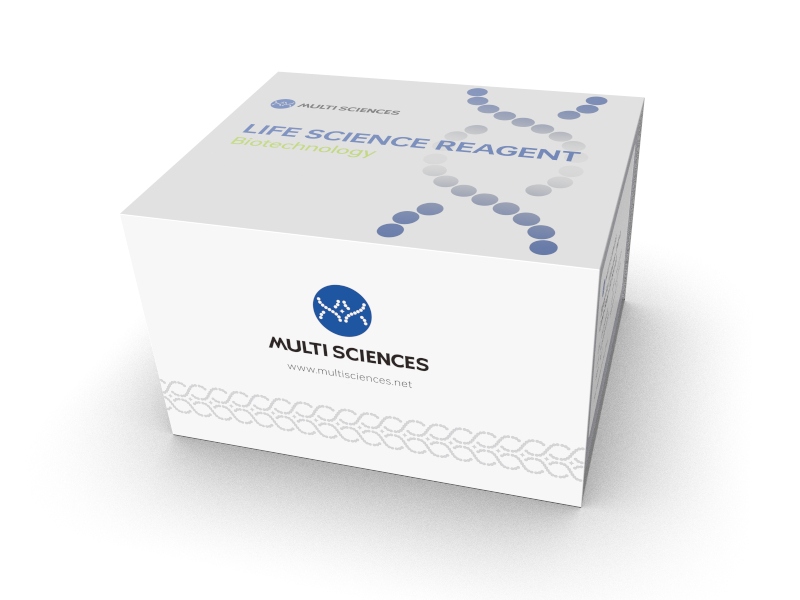
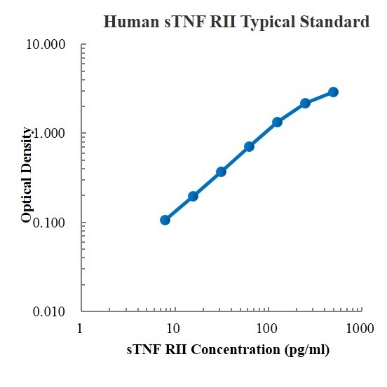
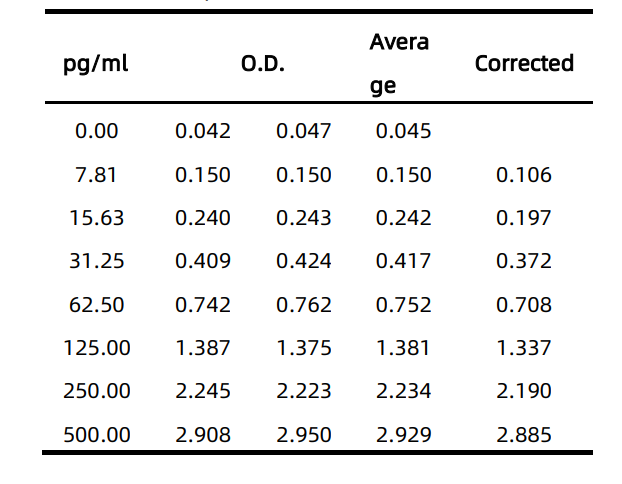

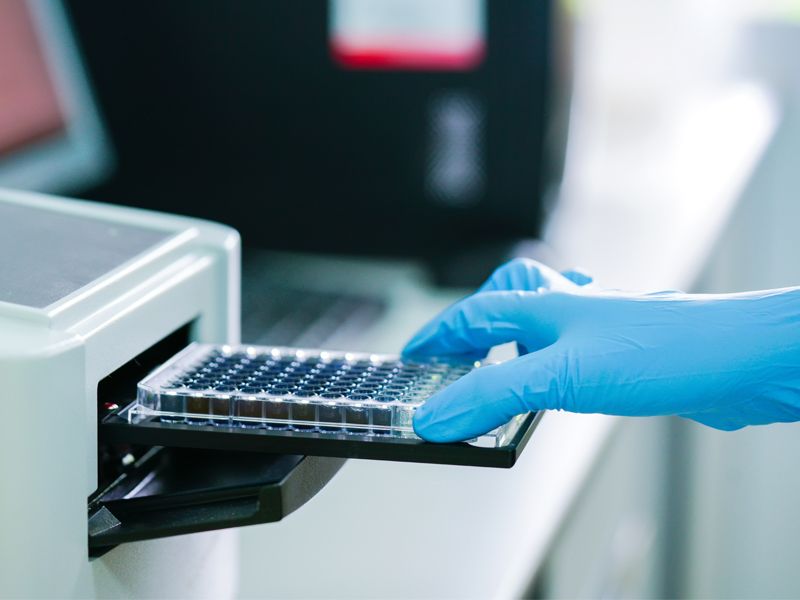
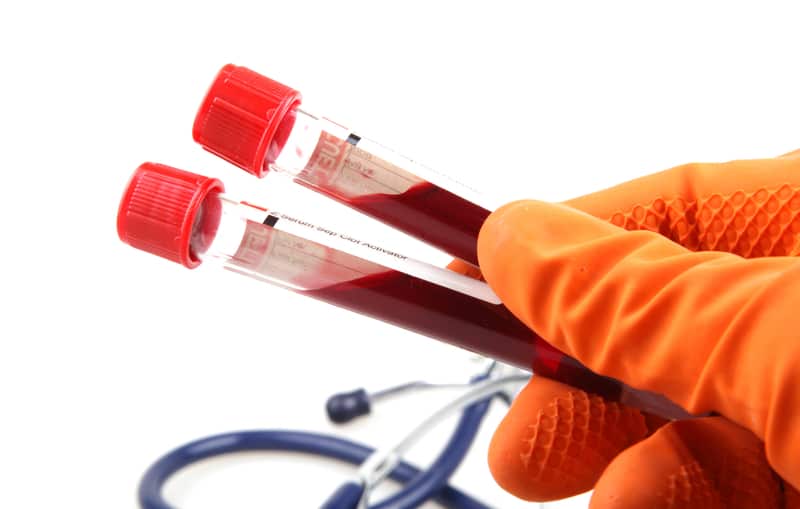
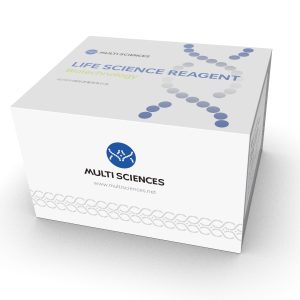
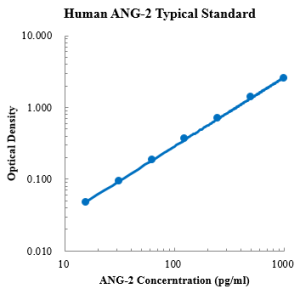
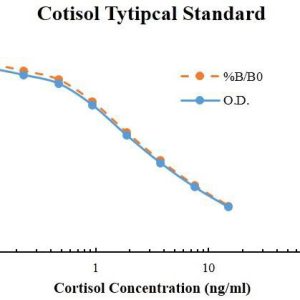
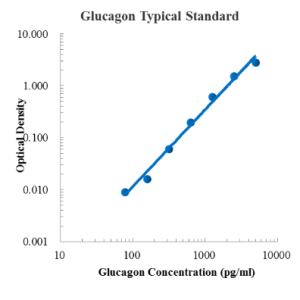
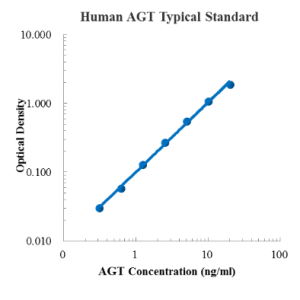
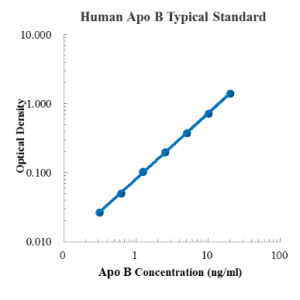
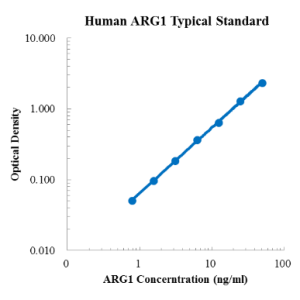
Reviews
There are no reviews yet.